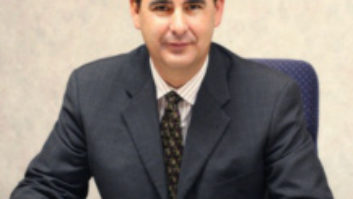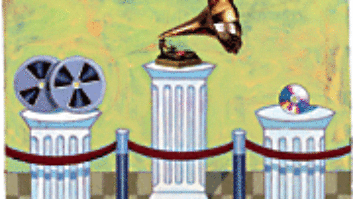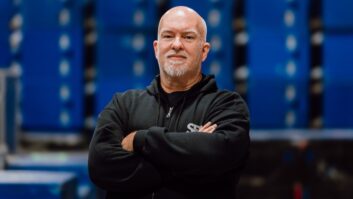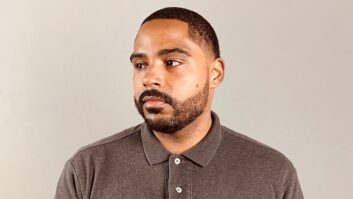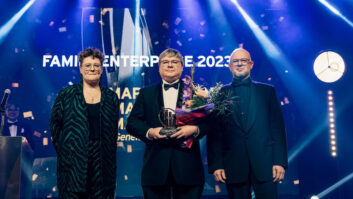Memphis-born and bred Marcus Scott was indoctrinated three years ago as the new frontman and lead singer of the legendary R&B band Tower of Power, which is still making records and performing to sold-out crowds around the world after 50 years. In the midst of his vocal duties with the band, Scott has found time to complete a solo project, the album Back 2 Da Soul, which is set for release in September. The 11-track album was produced by Mark Hornsby, Phil Naish and Chuck Surack at Sweetwater Studios’ facilities in Fort Wayne, IN, where it was cut live with a 13-piece band over the course of three days. Pro Sound News recently spoke to Scott about the soul of Memphis and the importance of live presence in recording studios.
On auditioning for Tower of Power
It all happened in 2016—I heard from B.B. King’s drummer at the time that Tower of Power was having an audition. He told me, “This is an opportunity of a lifetime; you should go for it.” Little did I know that he had already called Emilio Castillo, the leader of the band, and told him, “Hey man, stop all these auditions. I’ve got the perfect guy for you.” Emilio called and asked me to audition in Vegas. I was super excited and said, “I’m on my way now.” I wore my double-breasted grey suit and polka dot socks, and auditioned with four songs; I already knew all the lyrics. Immediately after the audition, the band was excited and the leader started discussing tour dates and salaries. He said he’d call me back in five days, but he called me two days later and offered me the gig. Needless to say, it’s been incredible ever since.
On summoning the spirit of Memphis
Even before I started touring with Tower, I had my own little studio setup and have always been writing and compiling songs. I was already working on this project, but I had to put it on hold because once I got into Tower of Power, I immediately started touring and then recording the latest Tower album, The Soul Side of Town. Once the Tower record was finished, it was just a matter of me finding the right people. The songs are different because Tower’s songs are not really influenced by Memphis music. I am more influenced by Aretha Franklin, Otis Redding, Johnnie Taylor, Sam Cooke, Al Green and Marvin Gaye. My roots are really gritty, dirty, soulful-driven Southern music.
On creating a sonic palette
When I talked with Mark Hornsby, I said I wanted the musicians to play while I sing. I didn’t want a separate track of me recording to music being played back—I wanted all of us to be in the room at the same time, where the drummer counts it off. I wanted it to be in the presence of all the musicians, where we are all sitting down, jamming on a record like they would back in the day. I am singing live in the studio with them on some occasions, but more often I was in the control room with Mark, singing through my Shure SM7B microphone—which is my favorite microphone and which I used on the entire album. The band counted off, and they listened to me through in-ear monitors. If I had to make any cues or changes, I could do that on the fly.
On Back 2 Da Soul
My album is called Back 2 Da Soul because we just wanted to get back to soul music. Production-wise, you can’t really arrive at that sound if everybody is cutting demos out of their own homes and sending each other files—but if you are in the room with the other people, you can capture the spirit of it. In fact, this is the only way you can capture the essence of soul music. Mark and I were on the same page from the very beginning, and when we talked about doing the album together, I told him I’d need a rhythm section, live horns, and that everything was to be done authentically and organically. He totally agreed and told me that he wanted my voice to be the focal point. This was music to my ears because I knew we both wanted to get back to the soul.
On a family of musicians
Mark played a huge role in choosing the musicians. He called a bunch of people who were great session players, but he also put me in a room with people who didn’t get in my way. All the musicians on the project were extremely happy—whenever they came back into the control room, they would be singing the songs and humming the melodies. This is the ultimate compliment because you want the musicians to be happy. It felt like family. Everybody just enjoyed what they were hearing and what they were playing.
On rising above expectations
There is a track called “Just Fine” and I always describe the song as if I were a preacher trying to convince his fiancée or future wife that she will be just fine. I was singing that song almost in the form of a sermon. What blew my mind was how it sounded once we added a choir to that song. I remember being on the airplane and listening to the mix for the first time. I couldn’t hold back my tears because it was such an emotional experience. Mark had told me there was going to be a choir on it—I knew it was a great idea, but once I actually heard it on the final mix, that’s what blew me away. It was one of my favorite songs because when I close my eyes and listen to the song, it just captures every emotion and sends chills down my spine.


